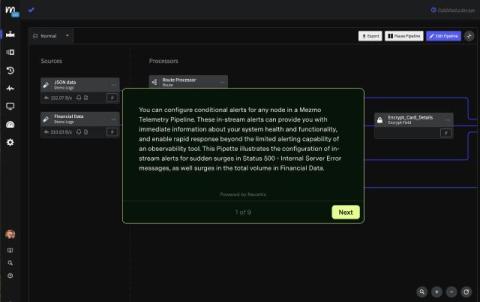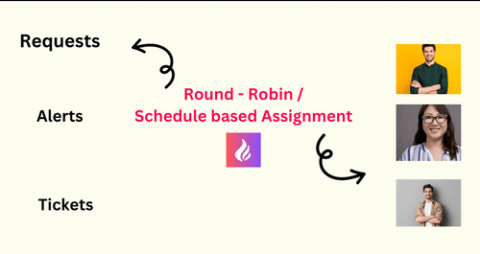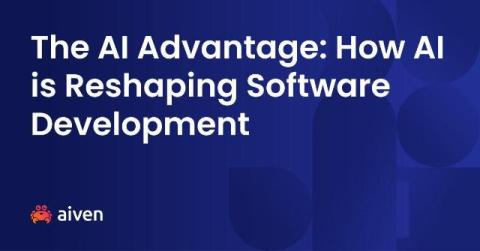The big ideas behind retrieval augmented generation
It’s 10:00 p.m. on a Sunday when my 9th grader bursts into my room in tears. She says she doesn’t understand anything about algebra and is doomed to fail. I jump into supermom mode only to discover I don’t remember anything about high school math. So, I do what any supermom does in 2024 and head to ChatGPT for help. These generative AI chatbots are amazing. I quickly get a detailed explanation of how to solve all her problems.











